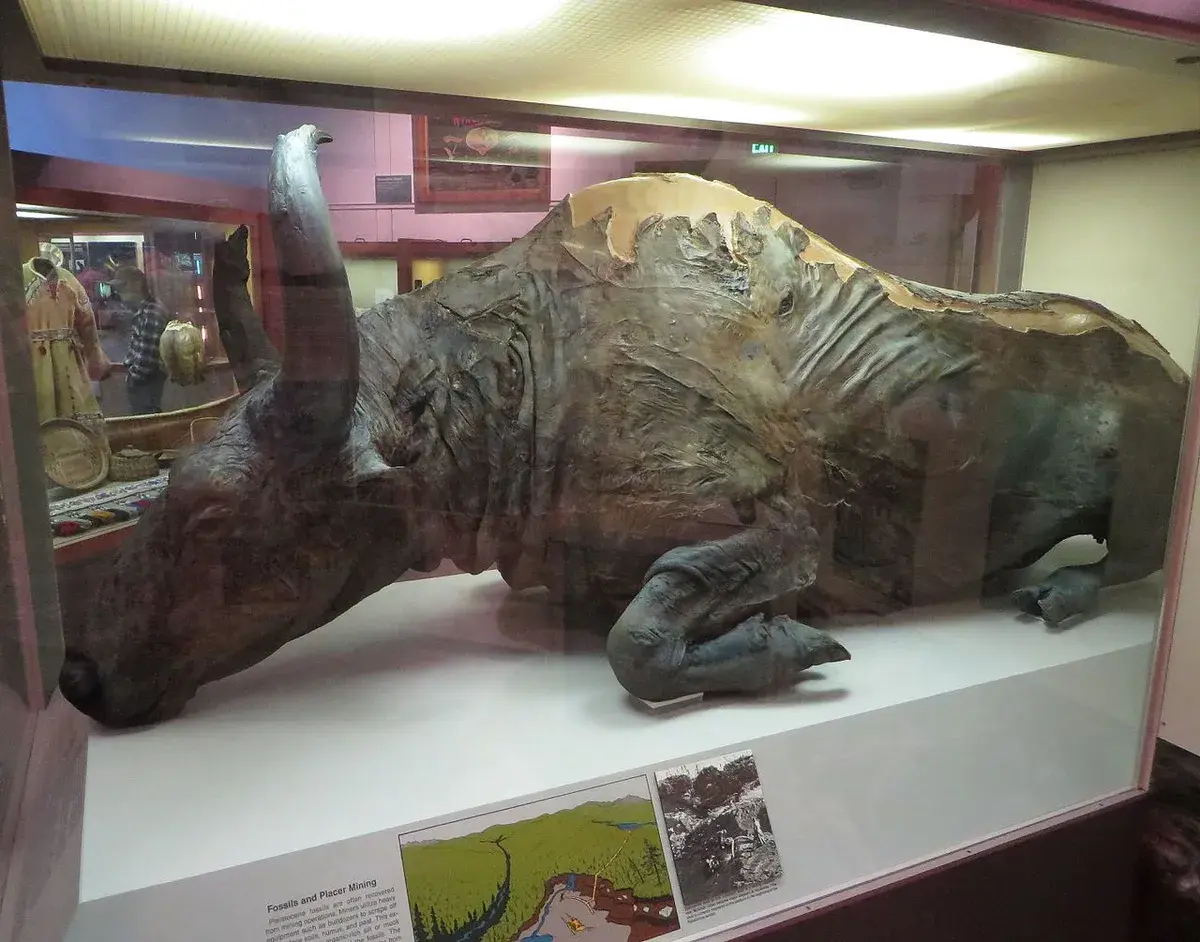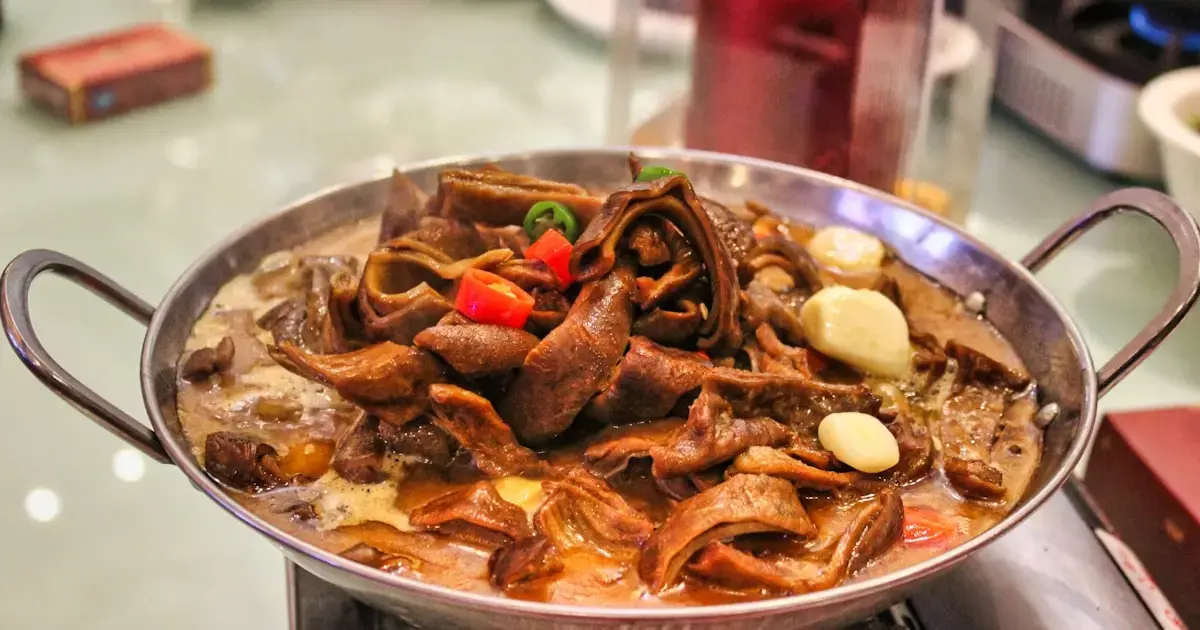 According to those who attended that dinner, “the taste of the was wonderful, and no one experienced any unpleasant sensations.”
According to those who attended that dinner, “the taste of the was wonderful, and no one experienced any unpleasant sensations.”
The story of this unusual meal was recalled by IFLScience. In 1984, a team of like-minded scientists gathered at the home of paleontologist Dale Guthrie in Alaska to enjoy the most unique stew in the world. It was made from the meat of a 50,000-year-old bison nicknamed Blue Babe.
The fate of this steppe bison (Bison priscus) from the Pleistocene era was dramatic yet predictable. While roaming the territory of present-day Alaska, the young animal met its end due to a lion attack, leaving bite marks on its neck.
In 1979, gold miners stumbled upon the remarkably preserved body of the bison and handed it over to researchers from the University of Alaska in Fairbanks. Paleontologists deemed the find rare, as it was the only known specimen of a Pleistocene bison extracted from permafrost. However, this did not stop the curious scientists from preparing stew from its neck.
What Was It Like?
The extraordinary dinner took place at Dale Guthrie’s home in Alaska, where he played a key role in studying the remains of Blue Babe. Initial radiocarbon dating indicated that the remains were about 36,000 years old. However, later analysis confirmed that Blue Babe was around 50,000 years old.
So, the scientists thought: why not make a stew from the Pleistocene bison? The thing is, after its death, it froze very quickly and so well that its muscle tissue retained a texture reminiscent of jerky. The fat and bone marrow also remained intact for tens of thousands of years.

That evening in Dale Guthrie’s kitchen, about a dozen of his colleagues gathered, including expert Bjorn Kurten, who lectured on the unique find, and taxidermist Eirik Grankvist, who was reconstructing the body of Blue Babe for display at the Museum of the North (a division of the University of Alaska).
The group of researchers diced a piece of the bison’s neck and then simmered the meat in a pot with broth and vegetables. According to the diners, the stew turned out to be quite edible. The years hadn’t spoiled the meat, although it was somewhat tough. Additionally, the eaters jokingly noted that the dish had a “strong Pleistocene aroma.”
Guthrie described his olfactory experience: “When the piece of meat thawed, it emitted a distinctly familiar aroma of beef with a slight mushroom undertone, as if mixed with a faint scent of the earth in which the bison was found.”
“Cooking a steak from the neck didn’t seem like a great idea to me. But, you know, we added a lot of and spices, and the stew was actually quite good,” the paleontologist added.
In the end, it’s worth noting that the diners’ stomachs survived this gastronomic experiment without any unpleasant consequences.
